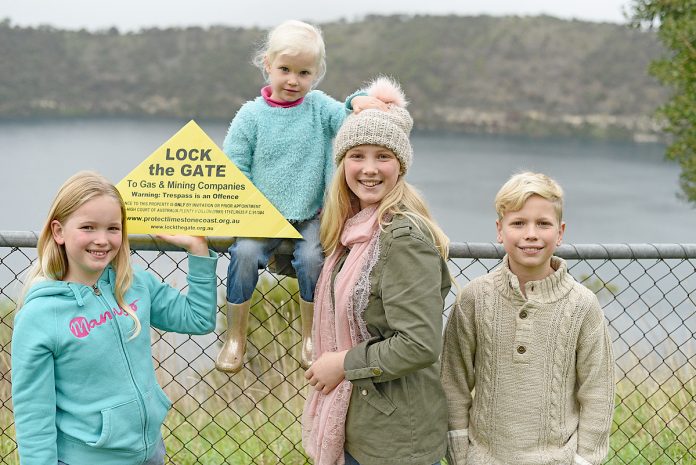
THE region’s anti-gas expansion fraternity has described a push to build a 40MW gas-fired turbine power station in Mount Gambier as “insane”, claiming it would drive up electricity costs.
Specialist power project consultant Terry Kallis yesterday called on the State Government to split up its proposed 250MW gas turbine power station.
He said around 100MW of this capacity should be regionally spread over the state with a 30MW plant in Port Lincoln, a 30MW plant in Port Augusta and a 40MW facility in Mount Gambier.
“This approach would better help protect some of our regional areas in the event of future supply constraints,” Mr Kallis said.
Limestone Coast Protection Alliance deputy chair Brett Mashado yesterday rejected the proposal, claiming it would further inflate power prices.
Instead, he called for the investment to flow into a battery storage facility that would bank energy from established wind farms.
Mr Mashado warned the price of gas was foreshadowed to rise and it was not a renewable energy source.
He said wind energy was already supplying a large chunk of the state’s energy needs, reaching as high as 90pc of demand at times.
“Even if battery was not an option in the South East, there are plenty of biomass options that need funding,” Mr Mashado said.
Prominent regional anti-gas campaigner Tony Beck – who is a Mingbool livestock producer – said such a project was not economically feasible.
“This idea is insane – this decision should have been made 10 years ago. The cost of gas is now too high,” Mr Beck said.
He warned pouring capital expenditure into a new gas power station would further fuel power price hikes.
Mr Beck warned authorities against “detouring” to more gas production, but to transition from coal-fire to renewables to meet the renewable energy target and reduce emissions.
Mr Kallis mooted the gas turbine plant for Mount Gambier at the two-day 2017 South Australian Resources and Energy Investment Conference in Adelaide.
He said a range of solutions needed to be adopted if South Australia was to resolve its regional power industry issue.
Among the often mooted options for additional interconnector capacity, Mr Kallis said a 300MW connection into New South Wales was the best such interconnector option at present as it represented a reasonable cost and geographically diversifies the state’s sources of generation.
Mr Kallis said SA’s energy future for baseload generation was “inextricably” linked to gas, the security of its supply and a competitive gas price regime.
“Part of the SA solution is for the state to access reasonably priced gas, but I acknowledge this will be difficult without the co-operation of the incumbent gas suppliers, but such a stance is crucial to SA’s economic well-being,” Mr Kallis said.
“Additional baseload renewable generation also needs to come into the mix and this brings with it some rural district advantages, sourcing such generation from biomass or extra wind and solar power generation coupled with storage capability.”
He said there were large-scale storage options emerging and these needed to be explored and incorporated, such as battery farms and Compressed Air Energy Storage.
“Industry and government should also be looking at options to combine technologies such as wind and gas to produce firmer energy supply products,” Mr Kallis said.
Mr Kallis said reforms in the National Electricity Market covering such issues as capacity contracts and interconnector rules would further assist SA’s move to greater energy stability, as would a price on carbon – most likely through an Emissions Intensity Scheme.
“Nuclear energy should not be ruled out as a long-term contributor to SA’s baseload power case – through a supply chain building up incrementally to 500MW.”
Mr Kallis is managing director of Petratherm Limited – an Adelaide based ASX-listed geothermal energy explorer and developer.






